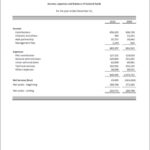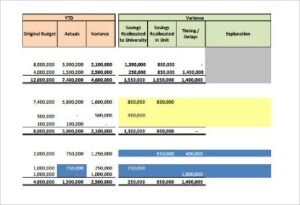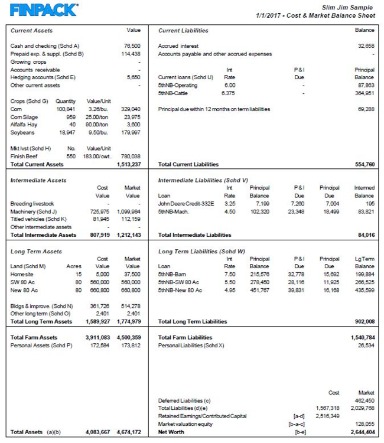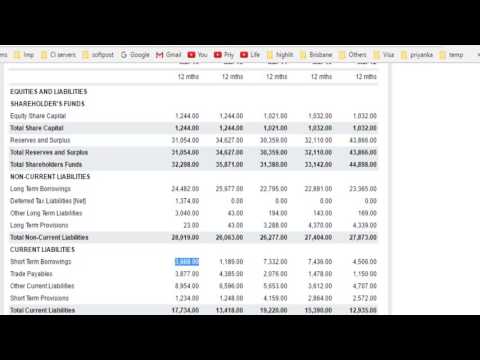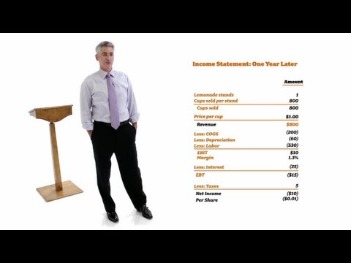
It also supports accepting payments directly from the online invoice and reduces the time spent chasing payments. While sending the invoice, companies have the freedom to choose the most suitable payment method for each customer. Xero reconciles daily bank transactions by getting a live bank feed. If the banks or financial institutions do not connect to Xero, users can manually import bank statements for reconciliation.
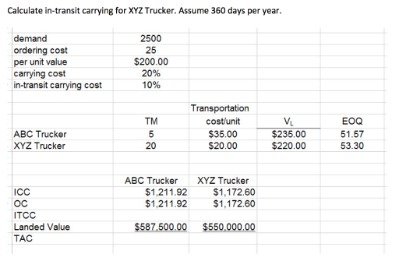
It allows three users for its Essentials plan ($55 per month) and 25 users for its top plan, the Advanced ($200 per month). This can be helpful if your company is growing fast, or you simply want the reassurance that there’s no limit to how many people can be part of the team. All three plans come with an optional add-on for payroll with Gusto for $40 per month plus $6 per month per person. However, Sage is more for freelancers, while Xero is better for small businesses. To see how they stack up with other software, check out our list of the best cloud accounting programs. Xero and Sage’s main selling point is their intuitive invoicing systems.
It supports paperless expense tracking by scanning receipts and auto-filling claims from the scanned copy. With Xero, admins can review and approve expense 5 top interview questions to ask nonprofit candidates claims submitted by employees. Xero automatically gets hourly currency conversion rates to provide real-time insights into gains and losses. It also enables companies to manage global businesses accurately by setting up foreign currency bank accounts and viewing currency movements. Companies operating in multiple countries or dealing with multinational companies can use Xero’s multi-currency accounting feature.
Hubdoc is included in Xero Starter, Standard and Premium plans as long as it’s connected to your Xero subscription. The Xero App Store is giant, featuring over 1,000 apps you can add on. But having the options available means there’s always likely a solution for your issues. You can sort by specific function or narrow down the options by industry.
Pricing plan details and offer terms
For a bank that does not support a direct this new ‘wave’ button is catching out facebook stalkers and it’s making them angry feed connection with Xero, companies can export bank data in OFX, QIF, QBO, QFX, or CSV format before uploading it to Xero. Xero may be harder to learn than a simpler invoicing platform like Square Invoices or Zoho Invoice. However, it’s generally considered easier than QuickBooks Online. Xero’s accounting software is highly rated among small businesses. Read our 2024 Xero review to find out if it’s the right solution for your business. You can enter five bills on the base plan, but this becomes unlimited on the higher plans.
Is Xero easier to use than Sage?
Thus, the scope for manual data entry is reduced, and cash flow accelerates. Xero also offers flexibility and convenience to all businesses by integrating various payment gateways. Xero, FreshBooks and QuickBooks all offer 30-day free trials and extensive features for online support, including a live chat, email support and a knowledge base. All three of these offer the ability to scale their accounting for larger businesses and both Xero and QuickBooks offer specific training for accountants. These companies offer Gusto integration for the same price—$40 per month and $6 per month per person. On the other hand, FreshBooks may be a better fit for freelancers and solopreneurs, as the capabilities are easier to navigate.
Integrations: Xero vs. Sage
To ensure an unbiased review, we gathered factual data from official websites and analyzed user feedback from various sources to provide comprehensive insights and detailed reviews. Keep in mind that the ability to use multiple currencies in the software and invoice is limited to the company’s highest tier, at $70 per month. If levered vs unlevered cash flow in real estate using multiple currencies is a priority to you, consider other platforms that offer this capability at a lower cost.
Sage lets you create invoices directly from quotes and estimates, send them to customers and automatically track outstanding invoices to see what you’re owed. It also partners with Stripe so you can take card payments with ease. With Xero, businesses can automate the process of tracking and managing business expenses. They can categorize expenses, attach receipts, and assign them to specific projects or employees. Xero functions as a centralized system for the overview of spending, enabling businesses to identify cost-saving opportunities. Its built-in time timer lets users track time invested in a particular task.
- Keep in mind that the ability to use multiple currencies in the software and invoice is limited to the company’s highest tier, at $70 per month.
- Xero automatically gets hourly currency conversion rates to provide real-time insights into gains and losses.
- After a 30-day trial period, Xero will bill a monthly charge of $13 per month for the Early plan, $37 per month for the Growing plan and $70 per month for the Established plan.
- For a bank that does not support a direct feed connection with Xero, companies can export bank data in OFX, QIF, QBO, QFX, or CSV format before uploading it to Xero.
Xero Projects features show the project profitability and generate reports on different aspects of a project, including project summary and project details. Geekflare tested the accounting features of Xero through hands-on subscriptions. We evaluated essential features needed for small businesses and calculated a combined overall rating for each.

